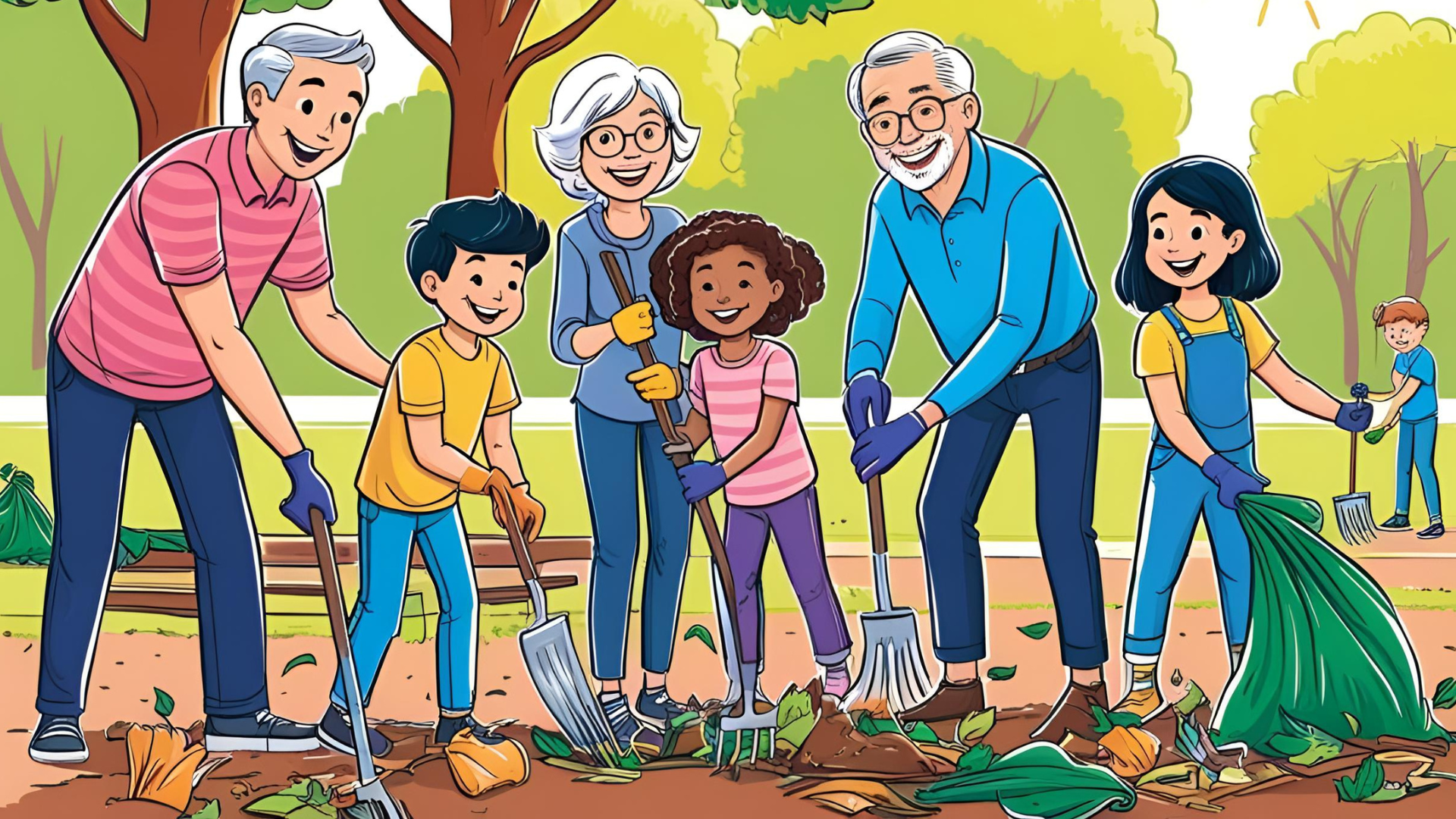Tags
How organizations can foster intergenerational giving and community development

Nonprofits have a unique opportunity to bridge generational gaps and foster a lasting culture of giving. By creating inclusive programs, providing hands-on experiences, and forming strategic partnerships, organizations can guide families in building a legacy of compassion and social responsibility. When families work together to give back, they not only strengthen their own bonds but also contribute to the resilience and development of their communities. Passing on philanthropic values ensures that the spirit of giving remains vibrant, creating a ripple effect of positive change that endures across generations.
One of the most effective ways organizations can achieve this is through storytelling. By curating and sharing narratives of families who have engaged in philanthropy, nonprofits can inspire others to join the cause. Personal stories highlight the importance of giving and demonstrate its tangible benefits, making it easier for younger generations to understand the significance of their contributions. Showcasing these stories through newsletters, blogs, and social media platforms enables organizations to reach wider audiences and encourage a culture of giving within families. Events where families can come together to share their experiences in giving back to the community provide meaningful connections and reinforce the idea that service is a lifelong commitment.
Serving together
Another impactful approach is the facilitation of family volunteering programs. When nonprofits design opportunities that engage members of all ages, they create an environment where giving becomes a shared family experience. Family service days, for instance, provide a way for parents, children, and grandparents to work together on meaningful projects such as community cleanups, food drives, and environmental restoration initiatives. These experiences not only strengthen family bonds but also instill a deep understanding of service and civic duty in younger generations. Providing flexible options ensures that families with busy schedules can still participate, while also fostering a greater sense of inclusion and accessibility.
Intergenerational service days are an excellent way to unite different generations in meaningful action. When organizations coordinate projects that bring together grandparents, parents, and children, they create shared experiences that foster a collective sense of purpose. Whether it’s neighborhood beautification efforts, shelter renovations, or disaster relief initiatives, these service days demonstrate the power of working together for a common cause. Nonprofits can further strengthen their impact by collaborating with schools, community centers, and local businesses to ensure that these initiatives are well-supported and widely attended.
Planning for the future
Organizations can also support intergenerational philanthropy by offering workshops that guide families in planning and sustaining their charitable efforts. Sessions that cover topics such as setting giving goals, budgeting for donations, and evaluating the impact of contributions allow families to develop a strategic approach to their philanthropy. These discussions help younger members understand financial stewardship and decision-making in the context of charitable giving. Workshops also create networking opportunities where families can connect with others who share their values, further strengthening the sense of community involvement.
Engaging young people in leadership programs is another powerful way for nonprofits to ensure that philanthropic values are carried forward. When children and teenagers are given opportunities to lead service projects, design fundraising events, or participate in mentorship programs, they gain a sense of ownership and responsibility for social causes. This not only prepares them to be future leaders in the nonprofit sector but also ensures they develop a lifelong commitment to community engagement. Encouraging youth involvement through structured programs helps to create a generation of proactive, socially conscious individuals.
Create recognition
Recognizing and celebrating family contributions reinforces the importance of philanthropic efforts. Organizations can honor families that make significant contributions by hosting appreciation events, featuring their stories in publications, or presenting awards for community impact. Establishing traditions such as an annual “Family of the Year” award can inspire others to get involved and create an incentive for sustained participation. Acknowledgment and recognition not only motivate families to continue giving but also help build a culture where philanthropy is valued and encouraged.
Reflection is a critical component of sustaining philanthropic engagement. Encouraging families to think about the impact of their contributions, whether through discussions, surveys, or personal journals, helps deepen their understanding of giving. By offering opportunities for reflection, organizations help families see the tangible outcomes of their efforts, reinforcing their commitment to continued involvement. Digital platforms can also serve as spaces where families share insights and learn from one another, fostering a culture of continuous improvement in their charitable endeavors.
Use available resources
Incorporating technology into philanthropic engagement is essential for attracting younger generations. Nonprofits can develop interactive online content, gamified donation challenges, and virtual volunteer opportunities to make giving more accessible and engaging for tech-savvy youth. Social media campaigns highlighting youth-led initiatives help amplify an organization’s mission and demonstrate the vital role young people play in philanthropy. Leveraging technology ensures that the message of giving reaches and resonates with younger audiences, making philanthropy a natural and exciting part of their lives.
Family giving circles offer another meaningful way to engage families in philanthropy. By pooling resources and collectively deciding on causes to support, families develop a collaborative approach to charitable giving. Organizations can assist in establishing these circles by providing guidance on structuring group efforts, identifying impactful causes, and tracking contributions. This model not only enhances the effectiveness of charitable efforts but also strengthens family unity and a shared commitment to making a difference.
Strategic partnerships with schools and faith-based organizations further expand the reach of nonprofit initiatives. Schools can integrate service-learning projects into their curriculum, encouraging students to engage in philanthropy as part of their education. Faith-based institutions can incorporate service activities into their outreach programs, reinforcing the importance of giving back within spiritual communities. These partnerships create a supportive network for families, making it easier for them to sustain long-term philanthropic involvement.
Image created using Canva's AI Art Generator
Come together for intergenerational service with the Congenerational Service Academy
This is your opportunity to be part of a new kind of volunteer program where you work with a small, multigenerational team to design your own service project with the Cogenerational Service Academy. Bridge the gaps, learn from each other, and celebrate your success together!

